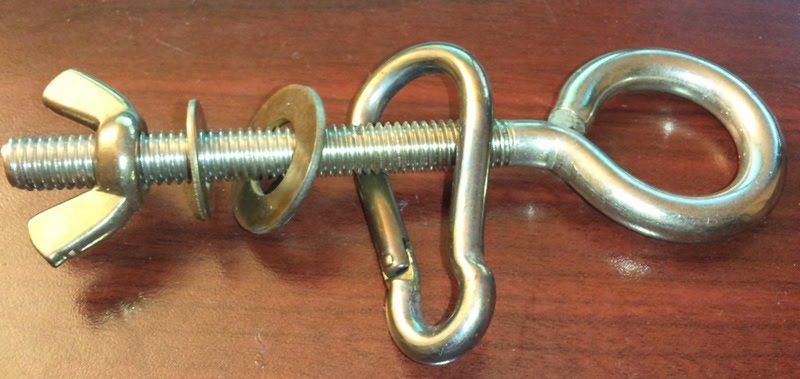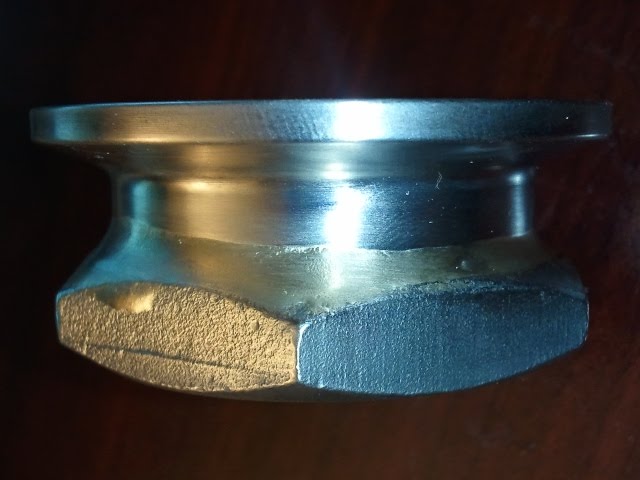TheFlyingBeer
Well-Known Member
Did you have any problems with the solder running into the threads? How did you prevent that from happening?
From what I noticed the filler only wicked into the joint. I applied the filler on the outside of the butt joint and after it cooled I notice a small bead around the inside of the butt joint. The small bead on the inside gives me confidence that there is a water-tight seal. Most likely only the joint flowed because it was the only area protected with flux.
For the actual joints I am going to be using on my system I am planning on preheating the two parts in my toaster oven so that I don't have the flame on them as long. I need to perfect my technique because I have a ton of brazing left in my build. Picking up materials tonight to build a jig of sorts for this.












